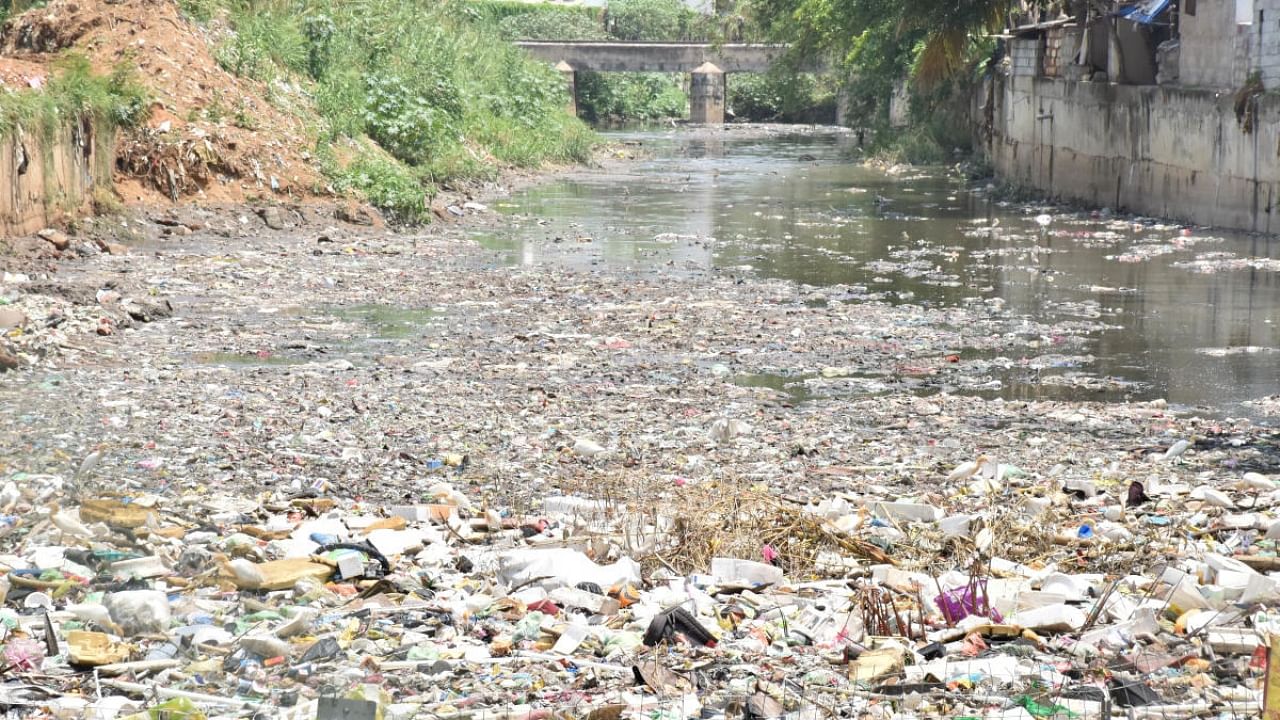
New York Governor Kathy Hochul declared a disaster emergency on September 9 2022, to ramp up efforts to vaccinate residents against polio after the virus was detected in wastewater samples in four counties. While wastewater surveillance is an effective tool for monitoring community health, there has been no concerted governmental effort in India to include it in the broader public health strategy. Such a programme could better predict the emergence of diseases, help prepare mitigation measures and improve public health outcomes.
From the time of the Mesopotamian and Indus Valley Civilisations, the separation of incoming water channels for fresh water and the outgoing water channels for disposal of used water was critical to prevent disease. Thus, it is fitting that the system that enables wastewater disposal can also prevent disease and premature death through pathogen surveillance. In 1933, James Wilson showed the presence of typhoid bacteria in sewage and connected it with cases of typhoid fever in communities where the bacterium could be isolated from sewage.
Wastewater surveillance was first used in the US in the 1960s to evaluate the effectiveness of polio vaccination. The surveillance compared the amount of poliovirus in the wastewater taken before and after a vaccination campaign and demonstrated a reduction. In 2001, the World Health Organisation (WHO) started its environmental surveillance for polio by setting up a sewage sampling site in Mumbai, India. This, surprisingly, is the only site for polio surveillance in the country based on wastewater.
During the 2003 SARS-CoV1 pandemic, when scientists were researching if the virus could be water-borne, they found SARS CoV1 RNA in the wastewater. Although no live virus was isolated, this finding spawned the use of wastewater surveillance as an indicator of community health. Since then, wastewater surveillance has been used to track Norovirus, measles, Hepatitis E, antimicrobial resistance, substances such as cocaine and other drugs, and the incidence of non-communicable diseases such as obesity in a community.
For Covid-19, wastewater surveillance proved useful since the faecal discharge from the affected persons, sometimes in a very early stage of infection (even asymptomatic carriers), contained the virus. This method can serve as an early warning of an outbreak in a new area, particularly in densely populated urban slums and congested urban pockets. Together with clinical data from public health systems, these data can drive informed policymaking, alert health systems to prepare for escalating caseloads and allow for interim measures to be placed to prevent the further spread of the disease.
Thus, developing wastewater-based surveillance systems for the widespread measurement of pathogens and chemicals would be useful in making evidence-based public health policies at a relatively low cost. This approach also avoids sampling from individuals, which would be cumbersome, expensive and inconvenient for the citizens. Individuals may not be amenable to repeated testing, particularly if sampling involves drawing blood samples or may not have the time to spare for testing. Wastewater surveillance offers the benefit of repeated testing to create an approximate understanding of disease trends that can effectively inform public health measures.
For example, the finding of a patient with paralytic polio infection in New York City in September 2022 prompted the city officials to test the new and previously collected wastewater in his environment and areas considered to be at high risk. They found polio circulating in wastewater as early as April 2022, indicating that multiple people in that geographical area must be shedding polio. The need to understand the city’s vulnerability to polio was critical enough that NYC declared a state of a public health emergency, requesting funds for further study and control of the disease.
This loop of evidence-based decision-making needs to be adopted on a larger scale. Trans-disciplinary coalitions made through partnerships with organisations, including municipal corporations, water and sewage boards, and pollution control boards, are required to transform information into policy and action. Additionally, wastewater surveillance needs systems where the liquid waste of communities collects in a place. In India, many towns and cities have households with local septic tanks, making it impossible to track the disease burden in a community.
However, not all diseases can be monitored through wastewater. For example, diseases not shed through faecal matter or urine would be harder to find in wastewater. Polio is a virus that is shed in wastewater. However, the polio vaccine administered in India is the attenuated viral vaccine which can obfuscate the results by presenting itself in the sewage burden.
However, other diseases such as Covid-19, influenza (including H1N1), cholera, drugs and other health indicators can be tested using wastewater surveillance, as has been shown by the Precision Pandemic Health Platform, which is a coalition of multiple public sectors, private sector and civic organisations, including the CovidActionCollab, Swasti Health Catalyst, CDD Society, Neshaju Environmental Technologies Pvt Ltd, Biome Environmental Trust, Tata Institute of Genomics and Society, National Center for Biological Sciences, PCMH Restore Health and Wellness LLP and Molecular Solutions Care Health LLP, in Bengaluru with the support of the BBMP and BWSSB.
But the success of such programmes will depend on the ability of institutions, government and non-government, to partner effectively, invest in long-term data solutions, share data effectively and rapidly, and integrate sense-making and problem-solving. A policy shift to environmental testing, and wastewater testing specifically, could improve India’s public health outcomes through access to better sanitation facilities, transparency of disease burden and evidence-based public health programmes.
(Dr Shambhavi Naik is Head of Research, Takshashila Institution, and Dr Varsha Shridhar is director and cofounder, Molecular Solutions Care Health)
Disclaimer: The views expressed above are the author's own. They do not necessarily reflect the views of DH.